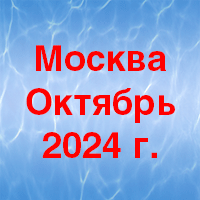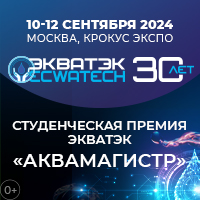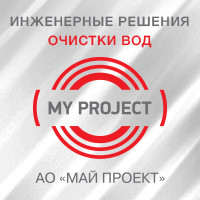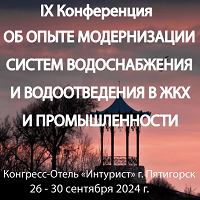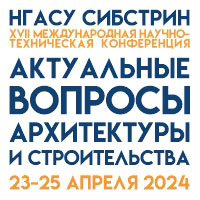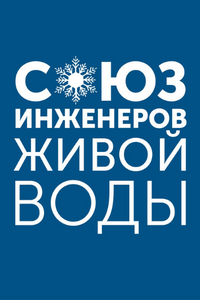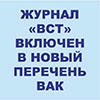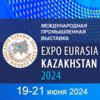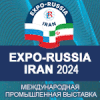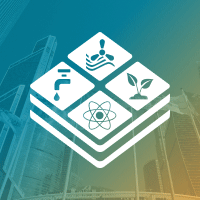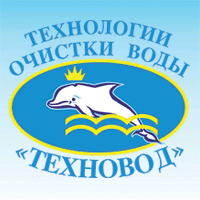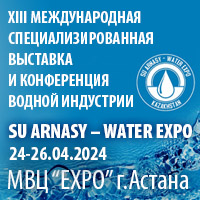№3|2017
BEST AVAILABLE TECHNIQUES
bbk 000000
UDC 628.3:504.06
Determination of technological indicators of municipal wastewater treatment quality corresponding to the use of the best available techniques
Summary
In 2015 «Wastewater treatment in public wastewater disposal systems of communities, urban districts» information and technical guidance was compiled (ITG 10-2105). The document has been developed for the first time in Russia and has no parallels in European Union. One of the main problems in compiling ITG 10-2105 was developing the methodology of determining the technological indicators of the best available techniques. The analysis of this methodology was carried out in comparison with the existing in EC perspective approaches to the determination of the technological indicators including: projects selection and split up into groups; acquisition of data on the emissions into the atmosphere; selection of pollutants; analysis of the available information on discharges; differentiated determination of the emission level in relation to the best available techniques. The technological indicators of pollutants removed in the traditional biological treatment processes (suspended solids, BOD5, COD) were determined in the process of analyzing the data obtained by questioning the branch projects. Determination of the technological indicators for nitrogen and phosphorus compounds is based greatly on the expert assessment due to the small number of projects using BAT and due to the differences in the technologies applied. Generally the method for determining the technological indicators of BAT to the full extent corresponded to the practices currently used for this purpose in EC. In future during the preparation for ITG 10-2015 revision it is recommended to carry out monitoring and technological audit of BAT reference-projects as well as of the perspective technologies.
Key words
wastewater treatment , best available techniques , technological indicators , emission level , reference-project
The further text is accessible on a paid subscription.
For authorisation enter the login/password.
Or subscribe
REFERENCES
- Danilovich D. A., Epov A. N., Kanunnikova M. A. [The use of basic technologies at the wastewater treatment facilities: data analysis for the technological regulations]. Nailuchshie Dostupnye Tekhnologii Vodosnabzheniia i Vodootvedeniia, 2015, no. 3–4, pp. 18–28. (In Russian).
- Danilovich D. A. [BAT of community wastewater treatment: the concept of the information technical guidance]. Nailuchshie Dostupnye Tekhnologii Vodosnabzheniia i Vodootvedeniia, 2015, no. 3–4, pp. 13–17. (In Russian).
- Danilovich D. A. [The draft BAT Guidance on community wastewater treatment has been designed]. Nailuchshie Dostupnye Tekhnologii Vodosnabzheniia i Vodootvedeniia, 2015, no. 5, pp. 22–32. (In Russian).
- Danilovich D. A. [The guidance on the best available techniques of community wastewater treatment approved. What comes next?]. Nailuchshie Dostupnye Tekhnologii Vodosnabzheniia i Vodootvedeniia, 2016, no. 1, pp. 16–21. (In Russian).
- Polders C., Van den Abeele L., Derden A., Huybrechts D. Methodology for determining emission levels associated with the best available techniques for industrial waste water. Journal of Cleaner Production, 2012, no. 29–30, pp. 113–121.
- Cunningham D. IPPC, BAT, and voluntary agreements. Journal of Hazardous Materials, 2000, no. 78, pp. 105–121.
- Dijkmans R. Methodology for selection of best available techniques (BAT) at the sector level. Journal of Cleaner Production, 2000, no. 8, pp. 11–21.
- Geldermann J., Rentz O. The reference installation approach for the technoeconomic assessment of emission abatement options and the determination of BAT according to the IPPC-directive. Journal of Cleaner Production, 2004, no. 12, pp. 389–402.
- Silvo K., Melane M., Honkasalo A., Ruonala S., Lindstrm M. Integrated pollution prevention and control: the Finnish approach. Resources, Conservation and Recycling, 2002, no. 35, pp. 45–60.
- Barros M. C., Magn A., Valio S., Bello B. M., Casares J. J., Blanco J. M. Identification of best available techniques in the seafood industry: a case study. Journal of Cleaner Production, 2009, no. 17, pp. 391–399.
- Brchet T., Tulkens H. Beyond BAT: selecting optimal combinations of available techniques, with an example from the limestone industry. Journal of Environmental Management, 2009, no. 90, pp. 1790–1801.
- Kocabas A. M., Yukseler H., Dilek F. B., Yetis U. Adoption of European Union’s IPPC Directive to a textile mill: analysis of water and energy consumption. Journal of Environmental Management, 2009, no. 91, pp. 102–113.
- Schollenberger H., Treitz M., Geldermann J. Adapting the European approach of best available techniques: case studies from Chile and China. Journal of Cleaner Production, 2008, no. 16, pp. 1856–1864.


